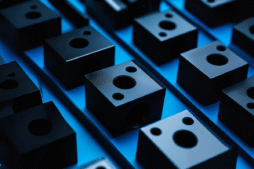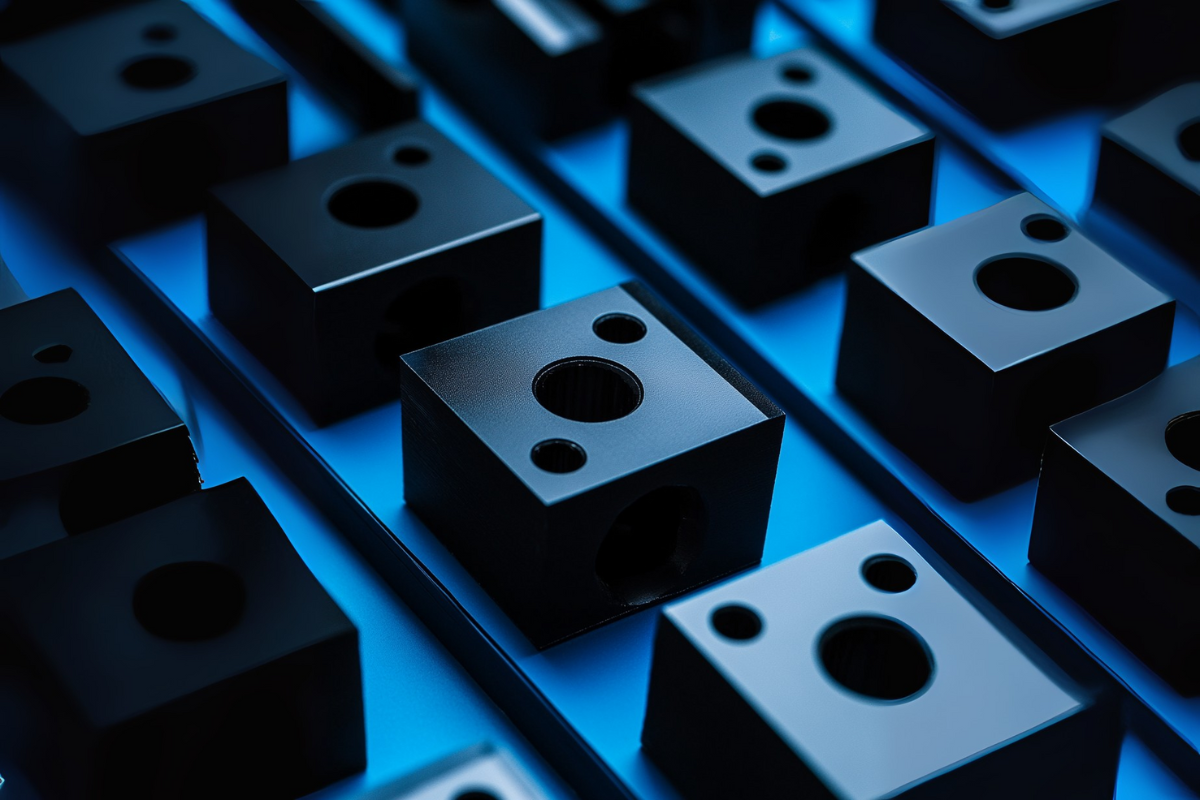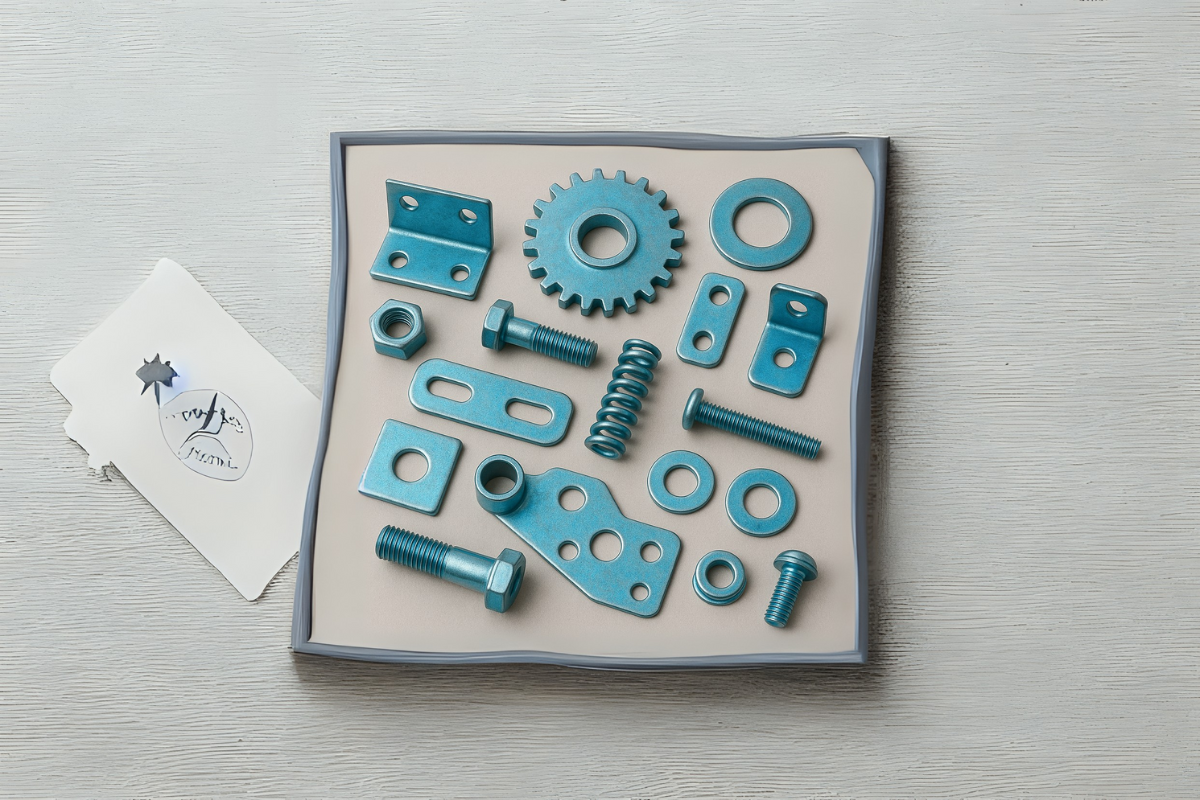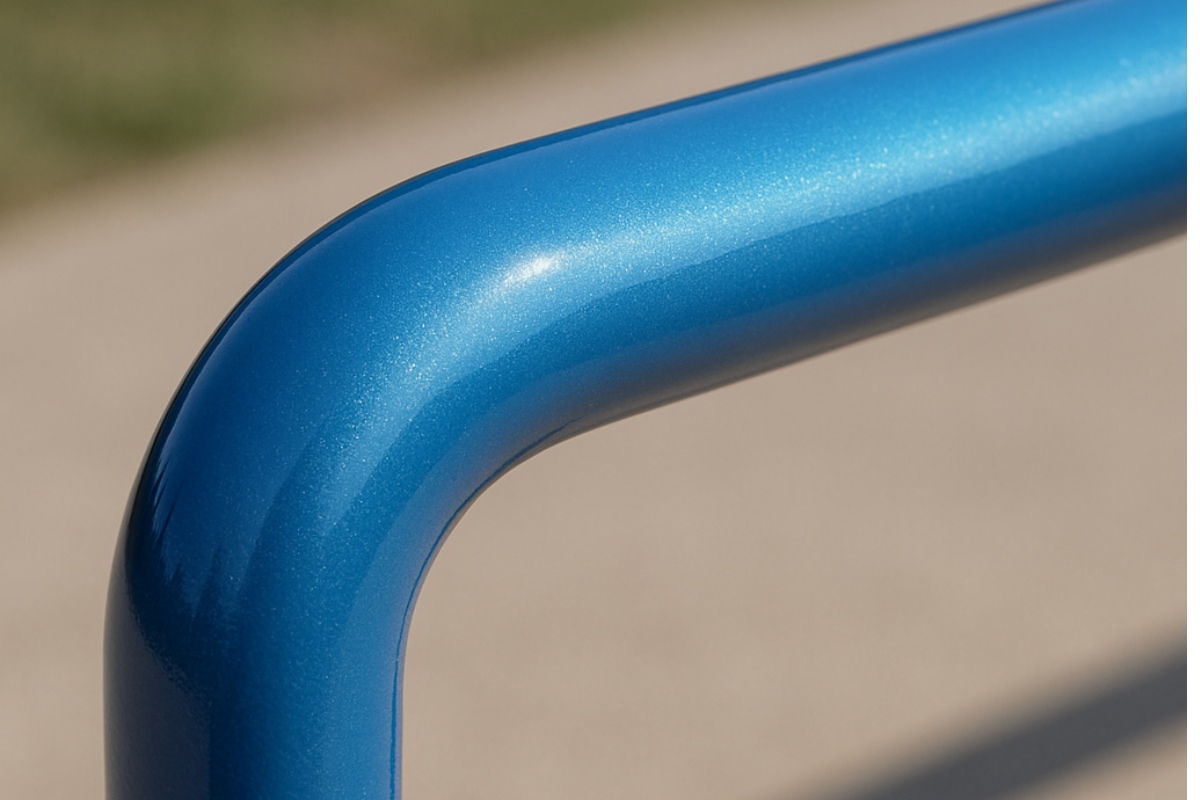導入
陽極酸化処理は、アルミニウム部品の耐久性、保護性、美観を向上させる重要な表面処理です。この電気化学処理により、堅牢な酸化層が形成され、優れた耐腐食性、耐摩耗性の向上、装飾的な色の選択肢が広がります。効果的な陽極酸化処理は、高性能で見た目も美しいアルミニウム部品を実現するために不可欠です。
アルミニウム部品の一般的な表面欠陥
アルミニウム部品には、さまざまな表面欠陥や汚染物質が含まれていることが多く、陽極酸化処理や最終仕上げに悪影響を及ぼす可能性があります。これには次のものが含まれます。
酸化層: 表面に自然に発生する酸化アルミニウムがコーティングの接着を妨げる可能性があります。
グリース、油、その他の残留物: 製造工程からの残留汚染物質により、適切なコーティングの付着が妨げられる可能性があります。
傷、穴、凹凸のある表面: 表面の欠陥により、アルマイト仕上げに一貫性がなくなったり、品質が低下したりする可能性があります。
アルミニウム部品の表面の欠陥や汚染物質は、陽極酸化処理と最終仕上げに重大な悪影響を及ぼす可能性があります。酸化層、グリース、その他の残留物により陽極酸化コーティングの適切な接着が妨げられ、耐腐食性、耐摩耗性、および仕上げの全体的な耐久性が低下します。同様に、傷や穴などの物理的欠陥により、色の一貫性がなくなり、不均一で品質の低い外観になることがあります。
表面処理におけるサンドブラストの役割
サンドブラストは、アルミニウム部品の陽極酸化処理前の重要な前処理ステップです。このプロセスでは、研磨粒子の流れを使用して表面の汚染物質、酸化層、欠陥を効果的に除去し、陽極酸化処理に最適なクリーンで質感のある表面を作成します。
サンドブラスト処理は、表面の欠陥を効果的に除去し、陽極酸化処理に最適なプロファイルを作成します。サンドブラストは、研磨粒子を高速で噴射することで、アルミニウムの表面を機械的に研磨し、酸化物層、汚染物質、その他の凹凸を取り除きます。その結果、陽極酸化コーティングの優れた密着性を提供する、きれいで均一なテクスチャの表面が得られます。
サンドブラストによる適切な表面処理の利点
サンドブラストによる徹底した表面処理により、陽極酸化アルミニウム部品には次のような重要な利点がもたらされます。
- 陽極酸化皮膜の密着性向上
- 耐腐食性の向上
- 一貫した均一な色彩
- 耐摩耗性と耐摩耗性の向上
- より長持ちする陽極酸化仕上げ
サンドブラストにより、きれいなテクスチャ表面が作られ、陽極酸化コーティングがアルミニウム基板に効果的に結合し、耐久性と信頼性の高い仕上がりが実現します。
最適な結果を得るためのサンドブラストプロセスのカスタマイズ
サンドブラスト プロセスは、さまざまな陽極酸化処理の要件に合わせて最適な表面特性が得られるように微調整できます。調整できる主な要素は次のとおりです。
- ブラスト媒体(サイズ、タイプ、硬度など):砂、ガラスビーズ、酸化アルミニウムなどの研磨粒子を選択して、希望する表面の質感とプロファイルを作成できます。
- ブラスト圧力: 研磨媒体を推進するために使用される空気圧または遠心力を調整すると、表面処理の強度と深さに影響を与える可能性があります。
- 露出時間と距離: サンドブラスト処理の継続時間と距離を制御して、一貫性と均一性を確保できます。
これらのパラメータを慎重に調整することで、製造業者は理想的な表面プロファイルを作成し、アルミニウム部品の陽極酸化仕上げの接着性、耐腐食性、美観を向上させることができます。
サンドブラストの有効性の検証
最適な陽極酸化処理結果を得るには、サンドブラスト処理の有効性を確保することが不可欠です。表面処理が必要な仕様を満たしていることを確認するには、厳格な品質管理措置が不可欠です。
一般的な検査手法には次のようなものがあります。
- 表面粗さ測定: プロファイロメトリーまたはその他の粗さ測定ツールを使用して、サンドブラストされた表面のテクスチャとプロファイルを評価します。
- 目視検査: 表面に残っている汚染物質、欠陥、または不均一な処理がないか注意深く検査します。
- 接着テスト: 標準化された接着テストを実行して、陽極酸化コーティングと準備された基板間の接着強度を検証します。
これらの品質管理対策を実施することで、メーカーはサンドブラスト プロセスの一貫性と有効性を検証し、高品質の陽極酸化仕上げに必要な表面特性を保証できます。
結論
結論として、サンドブラストは、アルミニウム部品をうまく陽極酸化処理するための準備において重要なステップです。サンドブラストは、表面の欠陥や汚染物質を除去することで、陽極酸化コーティングの強力な接着、耐腐食性の向上、一貫した高品質の仕上げを可能にする最適な表面プロファイルを作成します。
サンドブラストによる適切な表面処理を優先することは、陽極酸化アルミニウム部品の性能と長期耐久性を最大限に高めるために不可欠です。製造業者は、サンドブラスト プロセスを慎重に制御および検証して、望ましい表面特性が達成され、陽極酸化プロセスの潜在能力が最大限に発揮されるようにする必要があります。
サンドブラストの要件に関してサポートが必要な場合は、Witcool にお問い合わせください。当社は、お客様のプロジェクトを完了し、陽極酸化処理を成功させるために必要な専門知識を提供する専門会社です。









